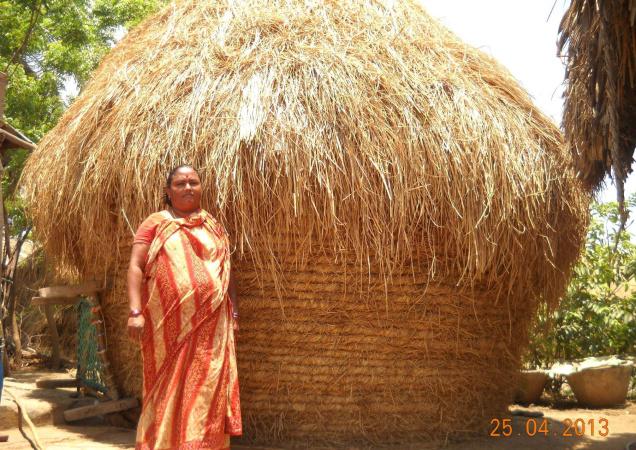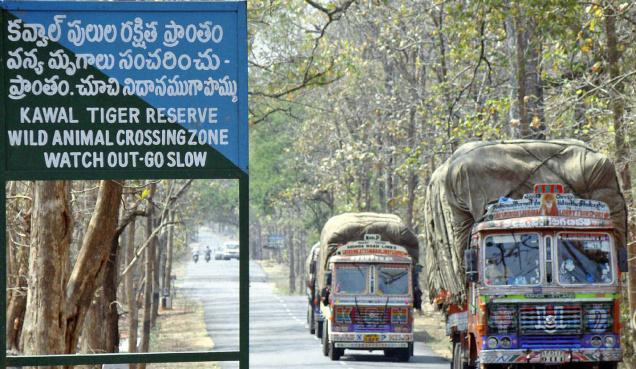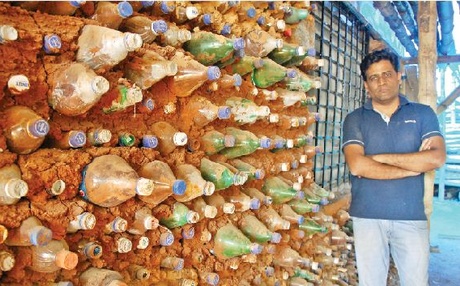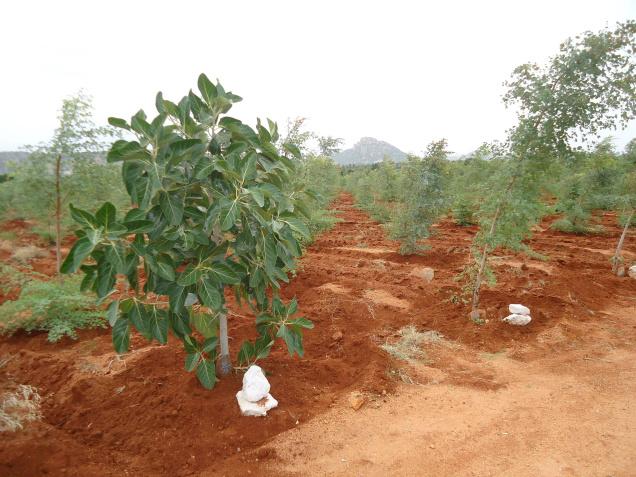
The rare giant bird, Great Indian Bustard, is currently facing deep trouble due to ecological changes. According to an estimate, the endangered species has shrunk to just 300 in the entire globe. The birds at the Rollapadu Great Indian Bustard Sanctuary in Kurnool district have also dwindled to five from 10.
As the alarm bells are ringing, the Union Ministry of Environment and Forests (MoEF), the Bombay Natural History Society (BNHS), World Wide Fund for Nature (WWF) and State Forest Department have launched a unique Species Recovery Programme to save the Great Indian Bustard, which will continue for a decade.
Majestic bird
The project will be implemented at the Rollapadu Great Indian Bird Sanctuary set up in 1987 in an area of 6.14 square km near Nandikotkur in Kurnool district.
The BNHS will spare a principal investigator and two researchers who will lead the project to improve the breeding, habitat development and help increase the numbers. Over a dozen staff members will assist the scientists.
The Great Indian Bustard is a majestic bird with an average height of up to 120 cm, long neck and legs and a brownish plumage. A mature bird weighs up to 14.5 kg, while female birds are 15 to 20 per cent less in height and weight.
The GIB feeds on locusts, beetles, butterflies, snakes, scorpions, lizards, mustard, pulses like Bengalgram and groundnut seed. The bird spends most of the time on the ground and flies only when it intends to undertake long flights to migrate to other areas. A bird lays one or two eggs in a breeding season, which is the August-December period in Rollapadu.
Detailed study
Farmers in Rollapadu area recall that the busty birds would flock around them during harvest time to pick up insects that got exposed from the ground. These scenes have disappeared completely now and even a decade ago the GIB population was estimated at 40-50.
Divisional Forest Officer at Atmakur, Mohammad Moiddin Nawab, who is incharge of the sanctuary, told The Hindu that in the first stage of the recovery programme, a detailed study would be undertaken to pinpoint the causes of the falling numbers.
According to a view, the characteristics of the habitat are changing rapidly after construction of the Alaganur Balancing Reservoir close to the sanctuary. Initially, everyone thought that improvement in water availability would help the sanctuary. But this was not so. The improved irrigation facilities around the sanctuary have transformed the ecosystem from grassland to wetland. Farmers have now shifted from dryland crops to paddy and other commercial crops, which consume large amounts of chemicals and pesticides.
Within the sanctuary, the number of co-species hostile to the GIB such as wolf and the blackbuck have increased rapidly.
The blackbuck population rose from 17 in 1982 to 1,000 now. Wolves relished GIB eggs and chicks. Last year gloom descended on the sanctuary when a wolf devoured a precious chick. Currently, two forest watchers are guarding an egg laid by a bird. Sometimes, stray cattle also trample on the eggs.
source: http://www.thehindu.com / The Hindu / Home> News> National> Andhra Pradesh / by D. Sreenivasulu / Kurnool – May 07th, 2013



